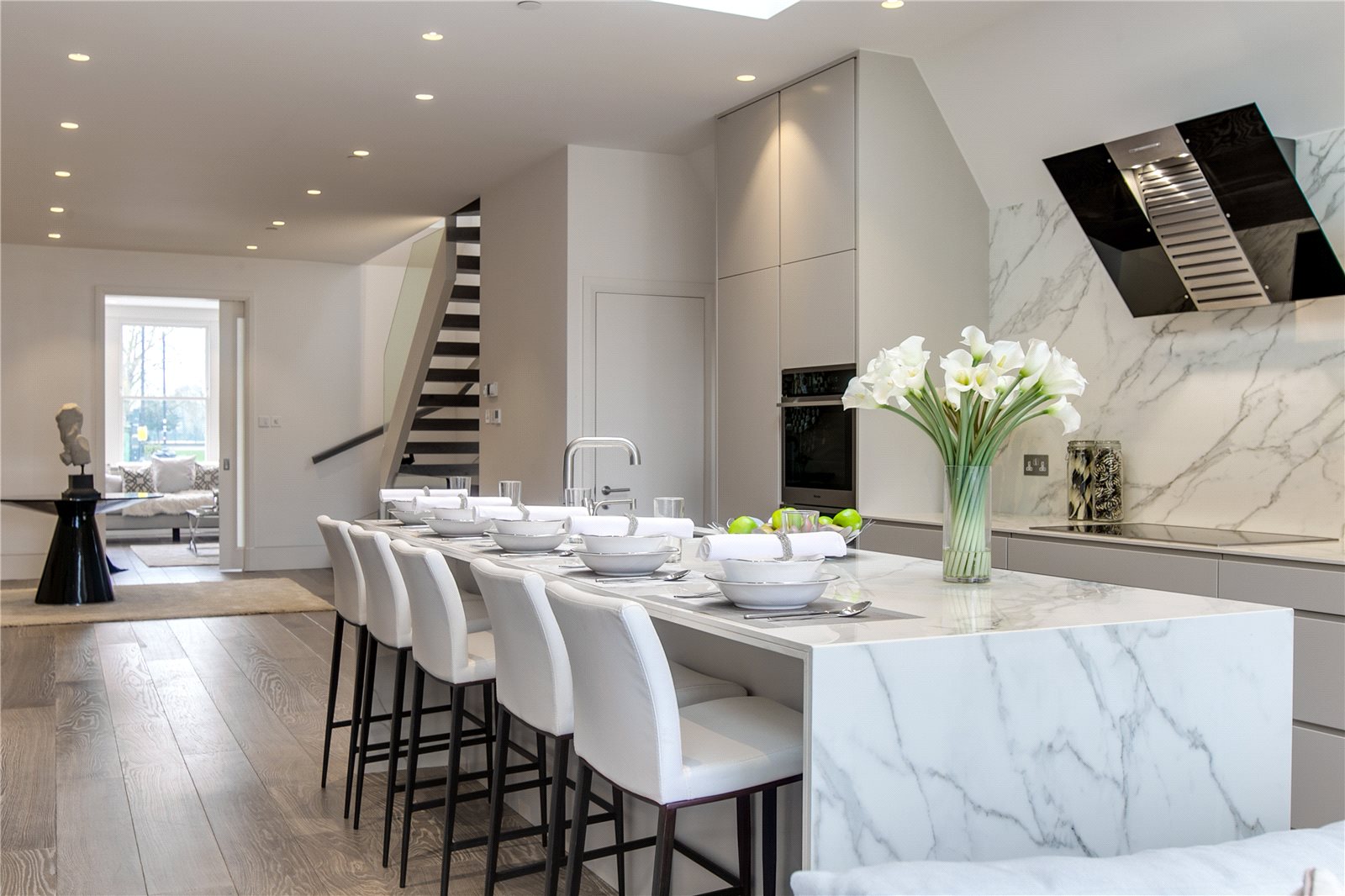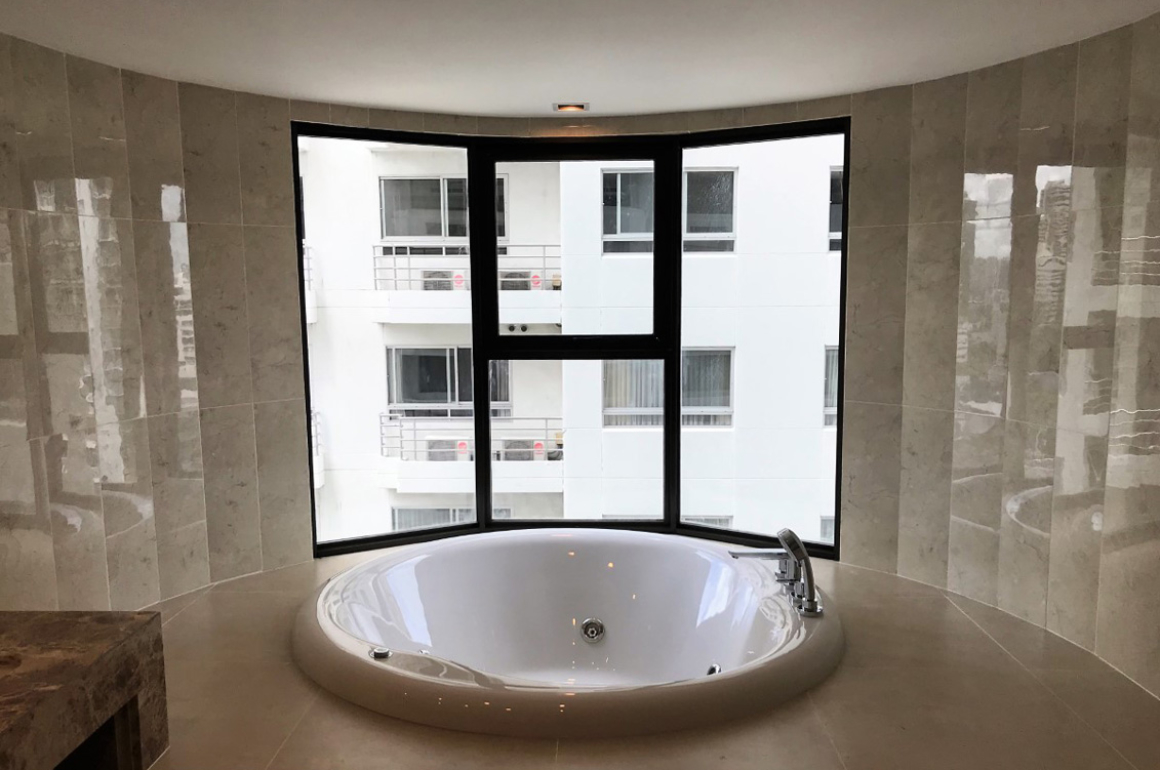LEED licensed renovation represents a paradigm shift in constructing enchancment projects, aligning environmental responsibility with economic and occupant well-being targets. Employing Leadership in Energy and Environmental Design (LEED) standards as a framework, this method ensures that renovations meet stringent standards in sustainability, energy efficiency, indoor environmental quality, and overall useful resource conservation. Pursuing a LEED certified renovation not solely elevates the environmental profile of a property but also significantly enhances its market value, reduces operational costs over time, and creates more healthy spaces for occupants. This intensive process integrates rigorous evaluation, strategic planning, and cutting-edge constructing practices that adhere to established architectural and development codes while addressing widespread renovation challenges similar to outdated infrastructure, inefficient energy use, and poor indoor air quality.
Understanding LEED Certification within the Context of Renovation
To recognize the scope and impression of a LEED licensed renovation, it is essential to grasp what LEED certification entails and the method it specifically applies to constructing transformations. Unlike new development, renovation initiatives face distinctive constraints, such as current structural elements and systems that will not easily adjust to modern sustainability standards. LEED offers a complete grading system that assigns factors across categories like water efficiency, power efficiency, material use, and innovation. These factors accumulate to achieve certification levels from Certified to Platinum, depending on the project's sustainability outcomes.
Distinguishing LEED for Building Operations Versus LEED for Interior Renovations
LEED certification encompasses varied rating systems. For renovation, LEED for Building Operations and Maintenance (O+M) focuses on optimizing effectivity in present buildings while LEED for Commercial Interiors (CI) targets tenant fit-outs and interior-focused renovations. Each system addresses different elements of the building’s environmental footprint and occupant well being enhancements. Understanding these distinctions is crucial for tailoring renovation methods that maximize certification advantages while overcoming the constraints of the original building.
Key Benefits Driving Adoption of LEED Certified Renovations
Adopting LEED requirements in renovation projects directly addresses a number of important challenges faced by property house owners and managers: minimizing vitality waste, upgrading growing older HVAC and lighting infrastructure, and bettering indoor air high quality. Beyond technical enhancements, LEED certification enhances property marketability, helps compliance with increasingly strict municipal constructing codes, and unlocks incentives such as tax credit and utility rebates. The adoption of LEED additionally positions properties favorably in aggressive actual property markets where sustainability is increasingly demanded by occupants and buyers alike.

Core Elements and Technical Framework of LEED Certified Renovation
Implementing a LEED certified renovation requires detailed planning round core elements that facilitate sustainable upgrades while making certain structural integrity and compliance with constructing codes. These elements align with fundamental rules of green building design and focus closely on measurable outcomes to substantiate certification claims.
Energy Efficiency and Performance Optimization
Energy consumption discount is commonly the first focus of LEED renovations. This involves a rigorous power audit adopted by the integration of high-efficiency methods together with HVAC retrofits, advanced lighting options similar to LED and automated controls, and the set up of energy recovery ventilators. LEED requirements emphasize efficiency verification with instruments similar to power modeling and post-renovation metering to guarantee that anticipated financial savings translate into real-world benefits. The outcomes embody important operational price reductions, prolonged equipment lifespan, and lowered greenhouse gasoline emissions.
Water Conservation Strategies
Water efficiency enhancements are important, especially in areas going through shortage points. LEED certified renovation mandates the use of water-saving fixtures, corresponding to low-flow taps, dual-flush bathrooms, and innovative graywater recycling methods. Beyond retrofit equipment, sustainable landscaping that minimizes irrigation demand can be encouraged. These measures not only scale back water bills but demonstrate stewardship of natural resources, enhancing a project’s sustainability credentials.
Materials Selection and Waste Reduction
Construction waste and material sourcing characterize important environmental impacts. LEED pointers prioritize the use of recycled, regional, and quickly renewable materials, whereas minimizing landfill contributions by way of comprehensive waste management plans. Specifying merchandise with low unstable organic compound (VOC) emissions improves occupant well being by decreasing chemical exposure. Effective materials strategies increase durability and reduce the necessity for frequent maintenance or substitute, thus delivering long-term financial worth.
Indoor Environmental Quality Improvement
LEED licensed renovations employ methods to boost lighting high quality, acoustics, and air flow, which contribute to occupant satisfaction and productiveness. Using non-toxic paints, adhesives, and flooring materials reduces pollution. The integration of optimized daylighting design and efficient air filtration techniques reduces reliance on artificial lighting and improves air purity. These interventions instantly tackle occupant complaints typical in older buildings, corresponding to stuffiness or extreme noise, thereby disrupting the cycle of dissatisfaction and absenteeism.
Challenges and Solutions in Implementing LEED Certified Renovation
Renovating an current construction under LEED requirements presents intrinsic challenges that builders and design groups should anticipate and strategically overcome. Understanding these obstacles equips project leaders with actionable solutions and risk mitigation strategies that safeguard schedule, finances, and certification targets.
Balancing Historic Preservation with Sustainability Requirements
Renovation initiatives involving historic properties incessantly encounter battle between preservation mandates and LEED’s sustainability benchmarks. Solutions embrace custom-made approaches such as adaptive reuse of reforma residencial preço present materials and discreet installation of energy-saving technologies that don't compromise architectural character. Using preservation tips in tandem with LEED standards ensures compliance and protects cultural value while nonetheless advancing environmental efficiency.
Technological Integration in Aging Infrastructure
Older buildings often depend on outdated mechanical and electrical systems incompatible with fashionable controls and vitality management software program. Retrofitting smart sensors, automated lighting, and superior constructing management techniques requires detailed infrastructural assessment and probably phased implementation methods. Such integration maximizes the operational effectivity of existing assets, thereby enhancing occupant comfort and reducing lifecycle prices considerably.
Cost Management and Financial Incentives
Initial investment in LEED certified renovation can be daunting because of the upfront costs of sustainable materials and techniques. However, complete cost-benefit analyses underscore the long-term financial payoffs corresponding to decrease utility payments, prolonged asset life, and elevated resale value. Awareness and leveraging of incentives — including native authorities grants, state tax credits, and green financing — alleviate financial burdens and enhance project feasibility.
Best Practices for Streamlining LEED Certified Renovation Projects
Successful LEED renovation hinges on meticulous project management, expert collaboration, and accurate efficiency monitoring. Applying finest practices aligns stakeholder expectations with realistic deliverables and leverages technical improvements to fulfill certification thresholds efficiently.

Early Engagement of LEED Accredited Professionals
Including LEED Accredited Professionals (LEED APs) from the earliest stages ensures integrated design choices that optimize point acquisition and keep away from costly retrofits. These specialists guide compliance with technical conditions and streamline documentation requirements, which are often complicated and time-consuming. Early professional involvement prevents frequent missteps and accelerates certification.
Holistic Building Assessment and Commissioning
A thorough pre-renovation building assessment identifies deficiencies and efficiency gaps proactively. Coupled with ongoing commissioning—systematic testing and verification during renovation phases—this method ensures that design intent interprets into realized power savings and environmental high quality enhancements. Continuous commissioning after project completion additional safeguards sustained compliance and operational excellence.
Leveraging Digital Tools and BIM Technologies
Building Information Modeling (BIM) and superior project administration software program facilitate detailed simulations of vitality efficiency, materials lifecycle, and spatial planning. These digital tools enable real-time coordination across structure, engineering, and building groups, lowering errors and optimizing resource allocation. Employing such technology fosters transparency and precision throughout the renovation process, directly contributing to both constructing performance and certification success.
Impact of LEED Certified Renovation on Market Value and Occupant Well-being
Beyond technical and environmental advantages, LEED licensed renovations supply vital enhancements in building valuation and occupant satisfaction, translating into tangible monetary and social returns.
Elevated Property Valuation and Market Competitiveness
The certification serves as a verified measure of sustainability, attracting environmentally acutely aware tenants and patrons who're willing to pay premiums for green buildings. Properties with LEED certification typically cut back emptiness rates and luxuriate in improved lease phrases. Moreover, institutional investors more and more prioritize LEED licensed belongings, contemplating them resilient investments with higher long-term efficiency and lowered risk.
Healthier Indoor Environments and Productivity Gains
Improved indoor air quality, enhanced natural lighting, and acoustics contribute to occupant well being by reducing symptoms linked to "sick building syndrome" corresponding to headaches, fatigue, and respiratory points. Healthier environments improve employee productivity and satisfaction in industrial areas and improve total quality of life in residential contexts. These human-centered advantages are increasingly quantified in workplace and actual property efficiency metrics.
Reduced Operational and Maintenance Costs
Efficient methods and high-quality supplies decrease utility expenses and scale back the frequency and scale of upkeep. Predictive upkeep enabled by smart building systems further optimizes facility management, permitting price range planning with greater accuracy. These cost financial savings can offset preliminary renovation investments, creating lasting financial value over the building’s lifecycle.
Summary and Actionable Guidelines for Pursuing LEED Certified Renovation
A LEED licensed renovation delivers profound benefits, transforming aging constructions into environment friendly, wholesome, and valuable property aligned with up to date environmental imperatives and market calls for. By deeply understanding LEED’s necessities and integrating sustainable design rules with strong project management, owners and design groups can flip potential renovation challenges into strategic opportunities.
Key points to prioritize embody thorough early assessments, participating LEED accredited specialists, focusing on vitality and water efficiency enhancements, choosing sustainable materials judiciously, and maintaining strict indoor environmental high quality standards. Attention to historic concerns, know-how integration, and financial incentives additional helps project feasibility and compliance.
For practical progression, begin by conducting a full constructing sustainability audit to benchmark current efficiency. Establish a multidisciplinary team incorporating LEED APs and experienced contractors. Develop a phased renovation plan that targets high-impact sustainability upgrades whereas considering occupant disruption. Secure financing via available green incentives and leverage digital instruments for design and project monitoring. Commit to rigorous commissioning processes to validate outcomes, and prepare complete documentation to facilitate certification.
Embracing a LEED certified renovation embodies a long-term commitment to accountable constructing stewardship that pays dividends in asset worth, cost efficiency, and occupant well-being — the foundational pillars of enduring, resilient property excellence.